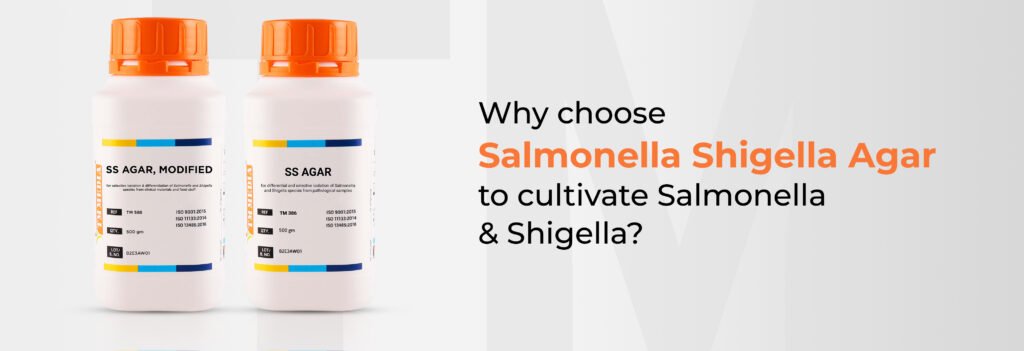

India officially has four seasons: winter, summer, monsoon, and post-monsoon and every season has its unique characteristics. And these unique characteristics also involved disease. And the monsoon season comes with diarrhoea. Worldwide, in developing countries the leading causes of bacterial diarrhoea are Salmonella and Shigella.
Salmonella and Shigella are both gram-negative bacteria. And both of these gram-negative bacteria rise during rainy season. The stagnant water, increased humidity, unhygienic practices, and contaminated food and water create a favourable environment for microbes to grow.
Salmonella and Shigella can transmit through infected faeces upon direct contact with them. It spreads person to person via the faecal-oral route through contaminated food and water and also from animal faeces.
Both of these microorganisms are responsible for causing gastroenteritis disease. And Shigella is specifically responsible for causing bloody diarrhoea, and it is also associated with a higher risk of Hemolytic-Uremic syndrome. The symptoms of Salmonella-Shigella infection are diarrhoea, fever, abdominal cramps, vomiting, and typhoid and septicaemia in severe cases.
And here comes the role of SS Agar. Salmonella-Shigella Agar (SS Agar) is an important tool in the diagnosis of Salmonella-Shigella infection. It helps in isolating these bacteria from a sample containing a bunch of microbes.
| Ingredients | Quantity (Gms/Ltr) |
| Peptone | 5.000 |
| Beef extract | 5.000 |
| Lactose | 10.000 |
| Bile salts mixture | 8.500 |
| Sodium citrate | 10.000 |
| Sodium thiosulphate | 8.500 |
| Ferric citrate | 1.000 |
| Brilliant green | 0.00033 |
| Neutral red | 0.025 |
| Agar | 15.000 |
SS Agar contains peptone and beef extract, which provides the essential nutrients to microbes; lactose serves as a fermentable source, while neutral red indicates fermentation; and thiosulphate and ferric citrate allow the detection of hydrogen sulphide gas, which is released by Salmonella spp.
All of the above-mentioned components help in the growth of microbes, but what actually promotes the growth of Salmonella and Shigella? It’s bile salts, brilliant green, and sodium citrate. They are the selective inhibitory agents that stop the growth of gram-positive bacteria. They ensure the growth of targeted pathogens, Salmonella and Shigella.
| Organism | Appearance |
| Salmonella | Colourless with black centres |
| Shigella | Colourless/transparent |
| Coliforms (e.g., E. coli) | Pink |
But microbiologists don’t get scared after observing the colourless colonies with black centres or without them. As both of them may be treated with antibiotics, but the choice of antibiotics or hospitalisation needed can vary depending on the severity and species of organism.
Isolation of SS Agar is requisite in many industries; hence, it is an important Culture Media for every microbiologist.
Salmonella and Shigella both can contaminate fresh and canned foods, and to ensure zero contamination and food safety and to avoid food recalls, industries use SS Agar to detect the potential pathogens.
Aseptic environment and pharmaceutical industry—from a microbiologist’s perspective, both of the words should be synonymous with each other. In the pharma industry, it is important to maintain the quality of raw materials, production equipment, and finished products; specifically, it is important to keep them free of microbes and SS Agar plays a key role in the quality control testing of these materials.
Sometimes plants and the soil can be a source for transmission of pathogens, and in the agriculture industry, it is used to detect the potential soil and plant pathogens.
As the physiology of humans and animals is somewhere not 100% similar, animals can also get infected from Salmonella and Shigella. In the veterinary industry, it is used to detect pathogens from faecal and urine samples to diagnose the diseased organisms.
To fulfil the nutritional requirements of organisms, TM Media has over 2500 Dehydrated Culture Media formulations.
Today let’s have a look at their range of media for Salmonella and Shigella.
They have SS Agar and the modified and veg versions of SS Agar.
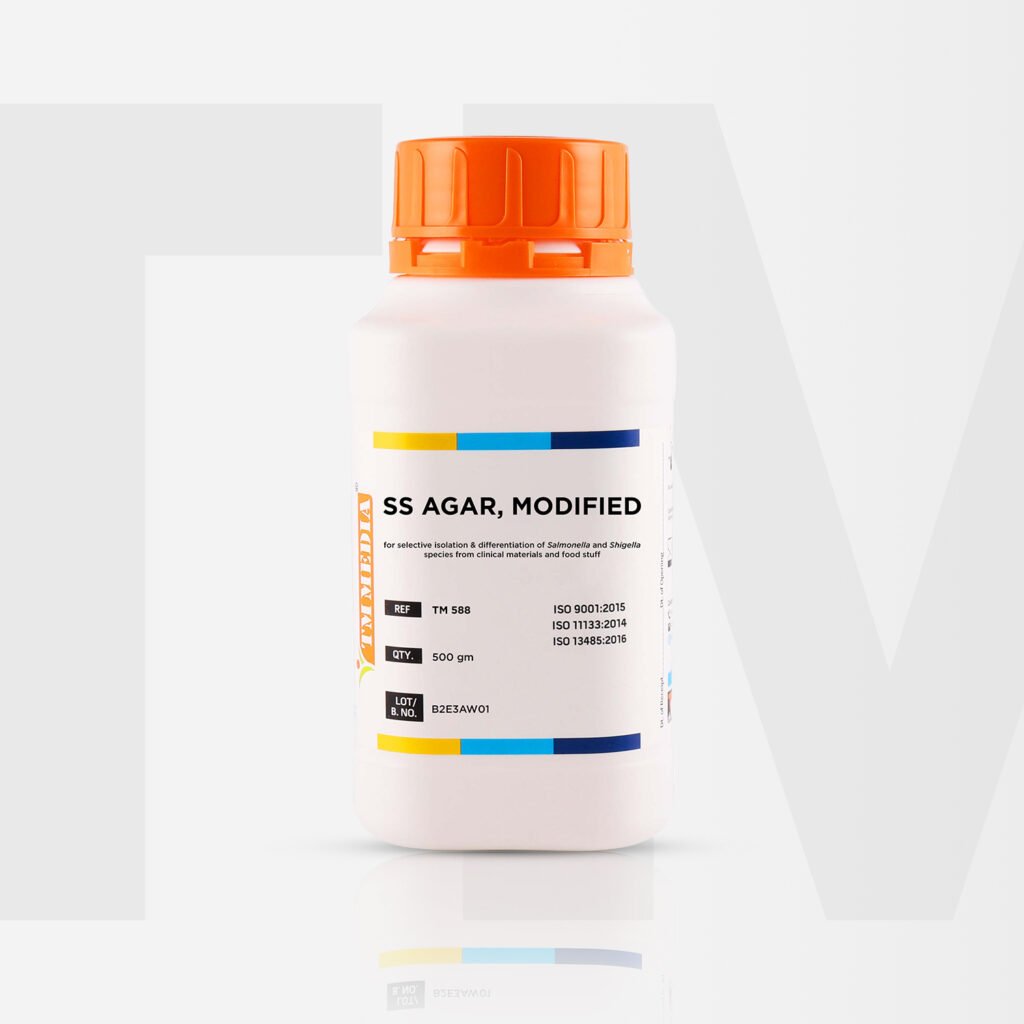
It is a variant of the OG SS Agar. It has been formulated with fewer bile salts. It is formulated to support the growth of a wider range of microorganisms that are difficult to cultivate. It helps detect enteric and lactose-fermenting bacteria.
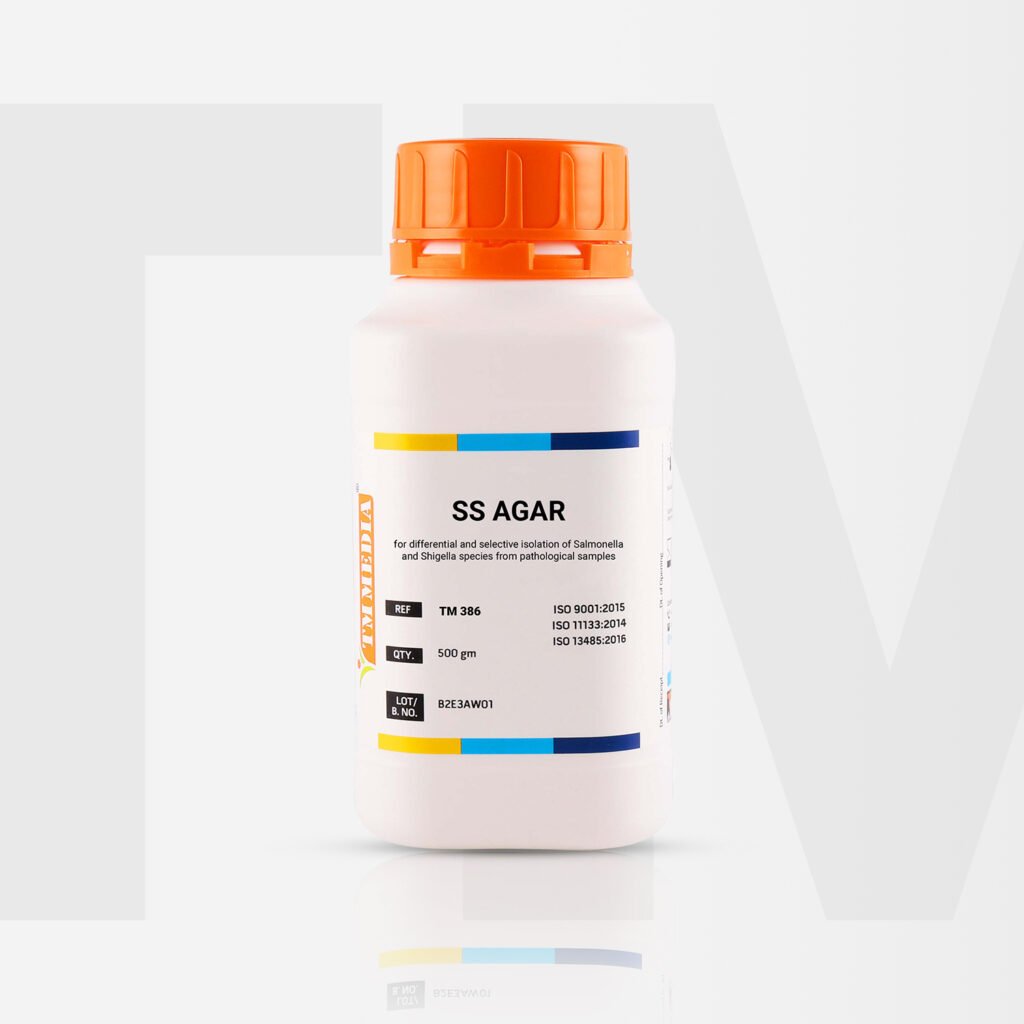
It is a plant-based option to traditional SS Agar. It does not contain any animal-derived peptones. It is formulated to support a sustainable approach in microbiology testing.
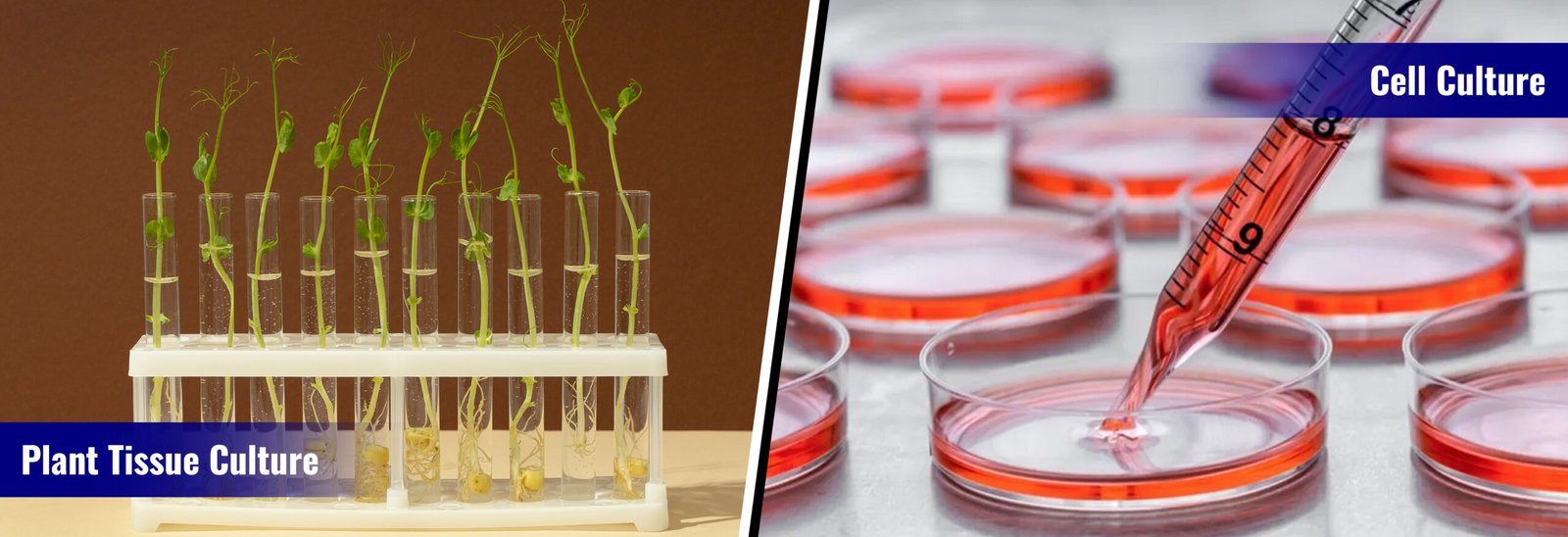
Organoids. CRISPR. Immunotherapy. We bet you must have heard of at least one of these terms before. Biology is like...
Read More
Join us as we take part in the Thailand Lab International Exhibition 2025! Explore the business opportunities at the Thailand Lab...
Read More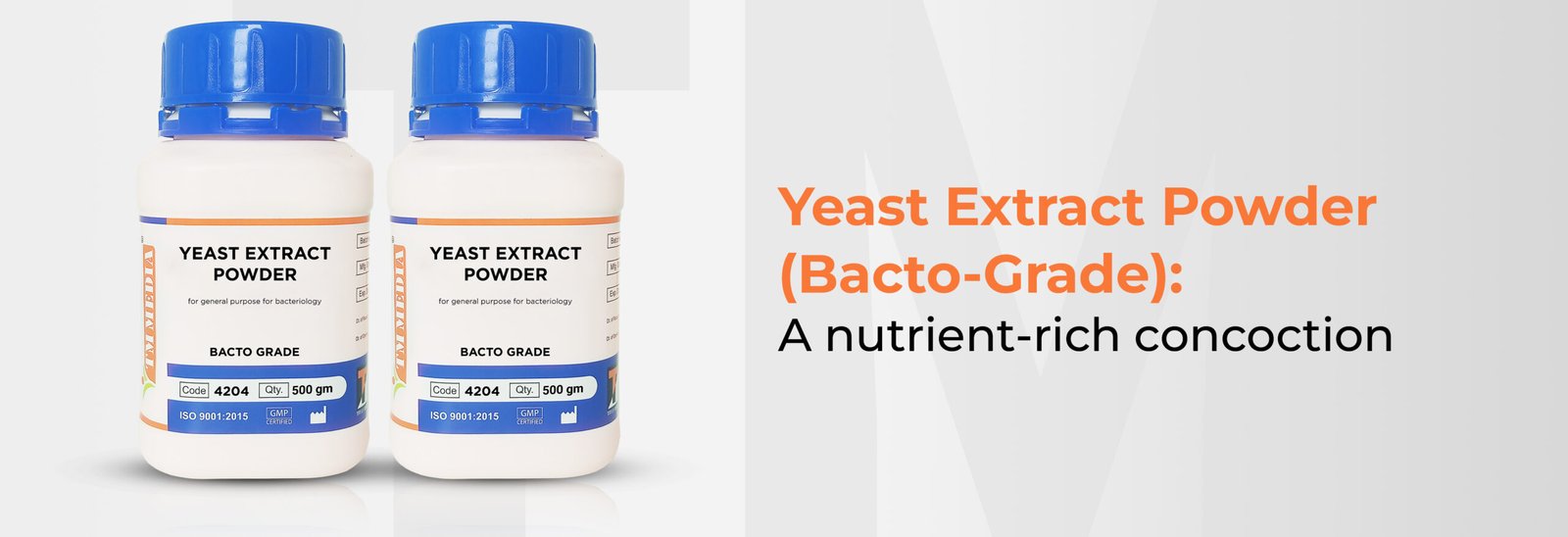
What’s your favourite snack? You don’t have to be afraid of us. We are friends. We won’t cause any harm....
Read More
In 2019, the CDC published a report, Antibiotic Resistance Threats in the United States, 2019 (AR Threat Report), stating that...
Read More
Do you know how to bake a cake? I can almost hear you thinking, “Wait… I didn’t sign up for...
Read More